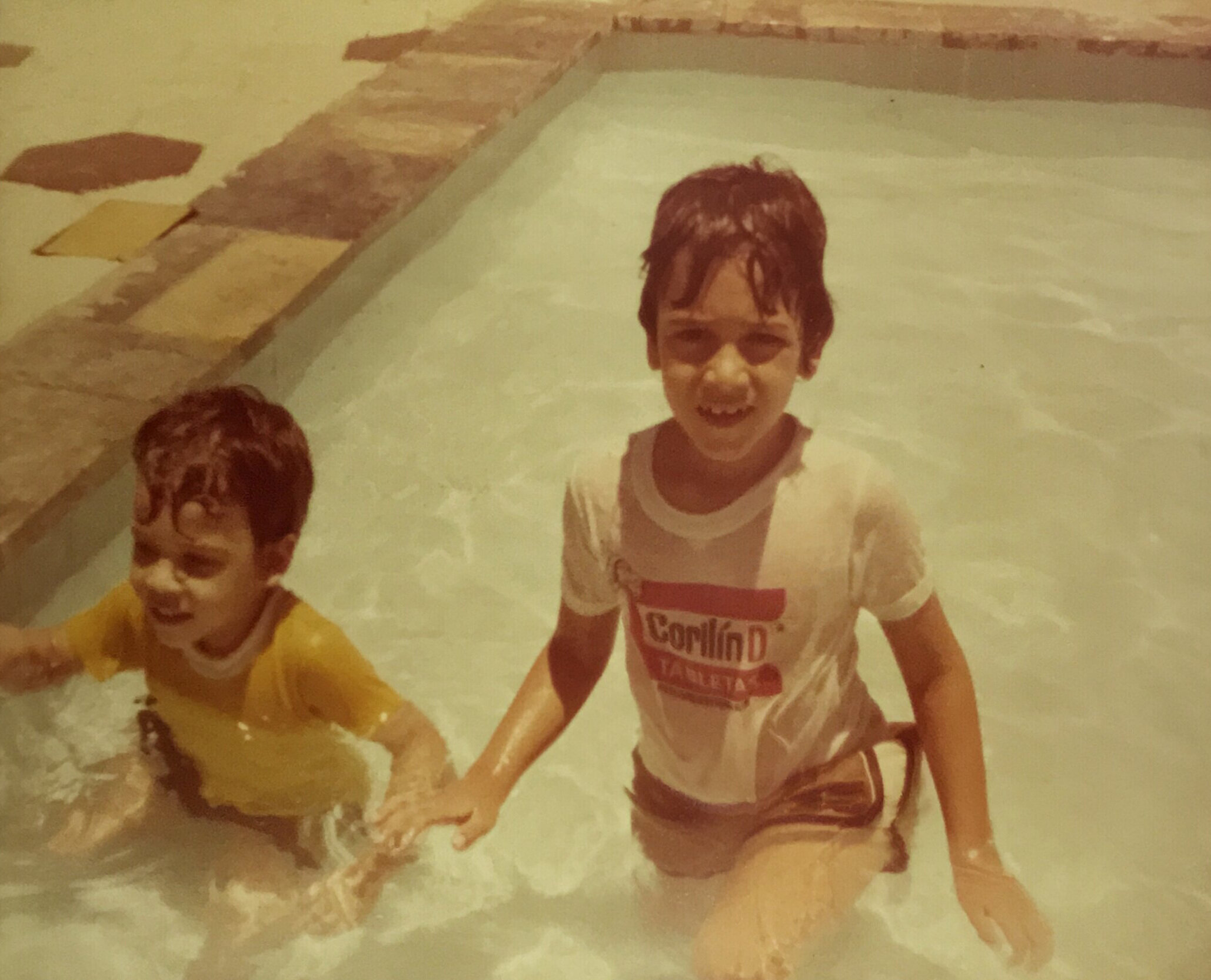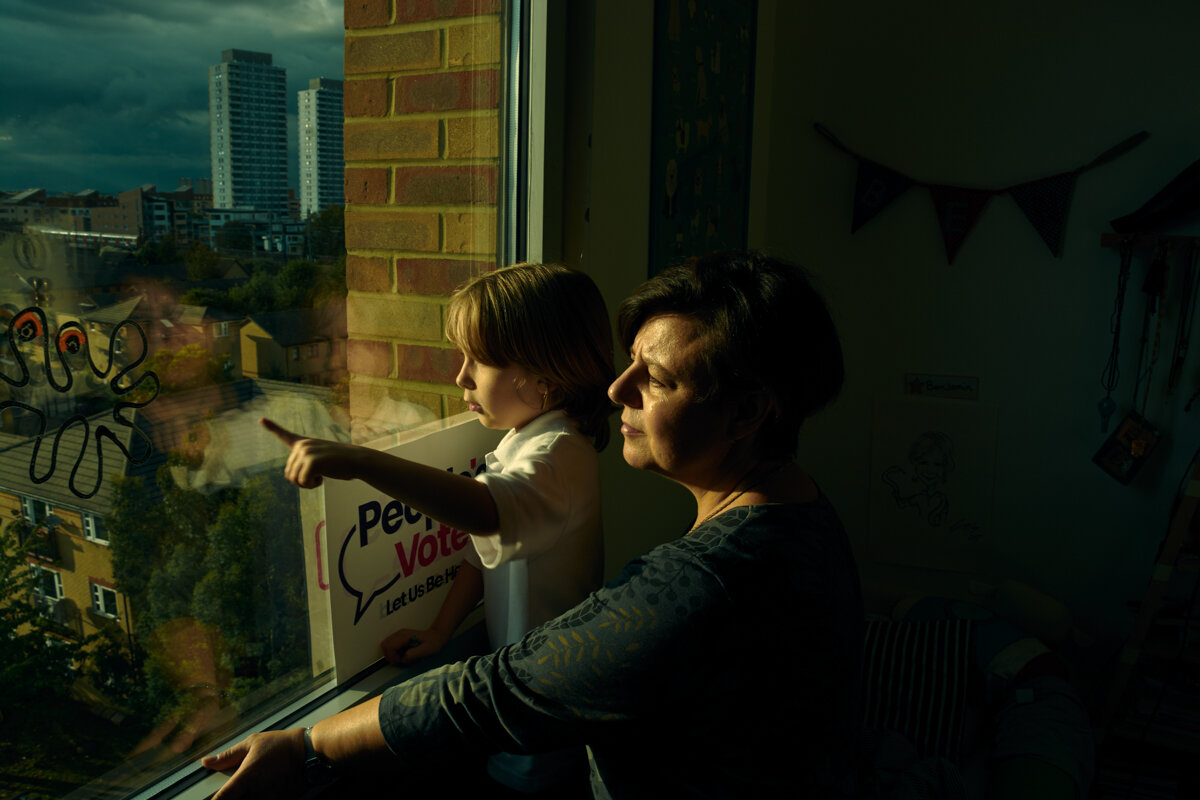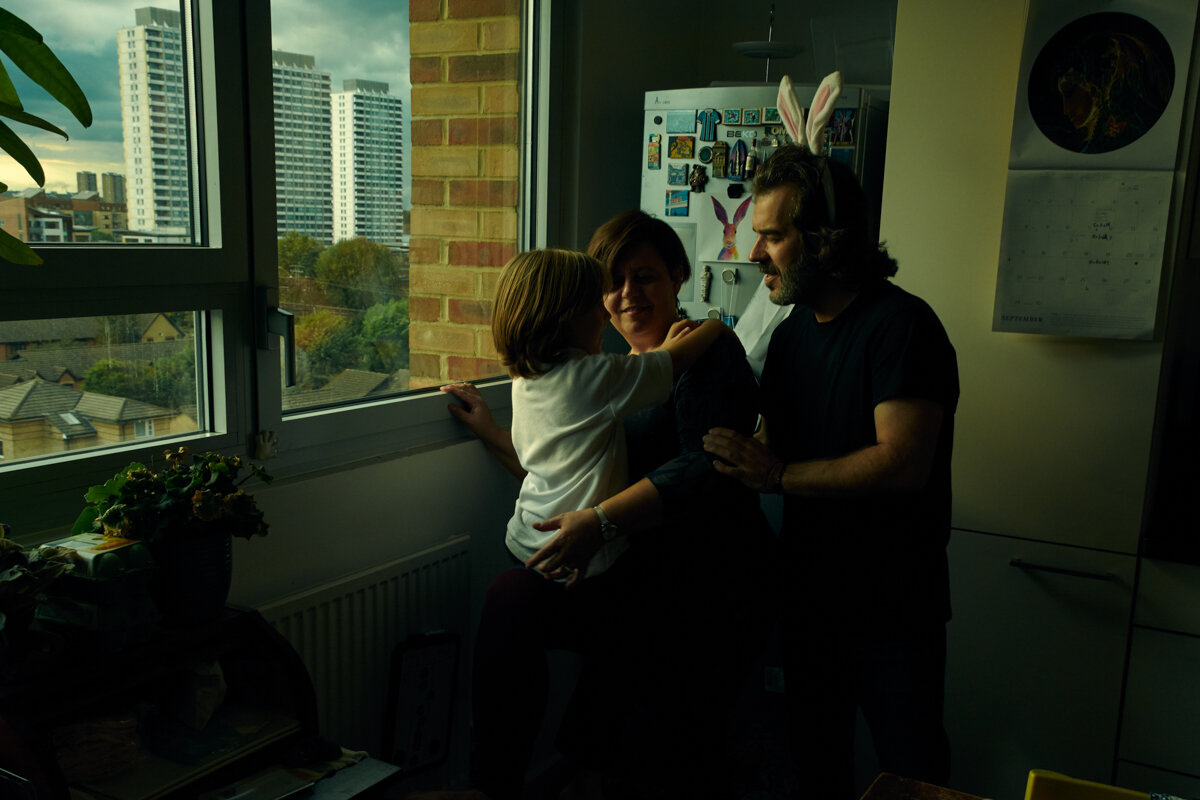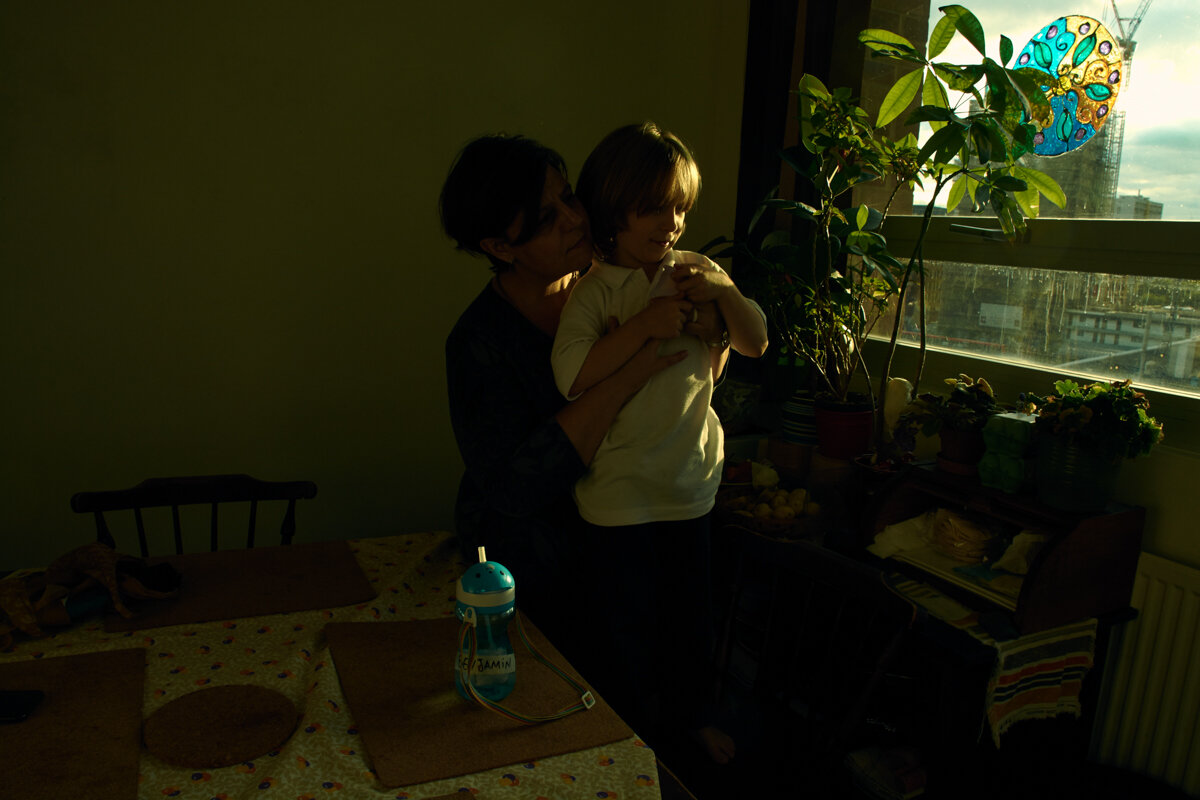One of the biggest fears that we face as creatives is not being able to create better work than the last piece we were proud of, or not being able to create any work ever again at all. This fear that prevents us from creating new work feeds from the notion that we are not creating anything new. It’s a vicious cycle. It's paralyzing. And it can bring our creativity to a halt or even put an end to our careers. The good news is that creative block can be managed, and there are some proven techniques that I've used myself and I can assure you that they work.
The main cause of creative block is having high standards. Starting any project with the expectation that it will be the best work that you have ever produced sets you out on the wrong foot. If you approach your work with an experimental spirit, thinking of it as just trying out new techniques or as just letting the child inside you play freely, great things could happen.
Admittedly, if you are feeling uninspired you wouldn't even know where to start this experimentation process. And, even though some people say that procrastination is great for creativity, I am someone who prefers to take action.
So, here are a few exercises that I've used to get my creative juices flowing:
Freecreating: ok, I may have just made this word up but I borrowed this concept from writers. I am part of a poetry club, and the lovely and uber-talented poet Erin Bolens taught us this technique.
For writers, if you set the timer for 10 minutes and just write whatever comes to mind (it could even start with "I am forced to write for 10 minutes, this sucks!") after a few minutes of rambling your brain will start forming interesting ideas. It may perfectly be that you don't write your new novel in those 10 minutes, but there is always a chance of getting interesting lines that can feed your next writings. I do this almost every day and I'm really proud of some of the things I've written using contents from my freewrites.
For the rest of creatives, just taking out your tools and creating freely for a set amount of time without restrictions can spark some inspiration in your mind. Take your camera and start photographing corners of your home, take out your paints and brushes and just make random strokes on the canvas, take your pencils and draw the contents of your kitchen cabinets, open your wardrobe and accessorize your clothes with bedsheets, towels or items from your bathroom cabinets, style your hair using empty cans or old headphones. The possibilities are endless. Just be playful and non-judgemental with yourself.
Try someone else's technique: Is there an artist in your field or any other field that you have always admired and thought their work was fascinating? Is there an artist that has a technique that you find dull? Emulate their technique. I'm not saying "copy it", even if there is a whole book on how to copy other people's work. I say, improve it. Make it yours. Tear it apart. Try to bring new techniques into your practice.
This project of mine came to life after years of experimenting with a technique that I learned from another artist and that I found fascinating.
Use prompts: this is another technique that I learned from Erin Bolens. I've seen many exercises online for all sorts of creative disciplines inspired by this technique. Choose a random topic or look for online prompts (it can be any prompt for any discipline, just adapt it to your craft). Someone who does this brilliantly is Carl Burkitt. He offers on his twitter feed prompts for writers and poets, but some of them I've even found interesting to create photography projects from.
For instance, on April 13, 2020, his daily prompt was "The trifle was surprisingly tasty". It is easy to take this line and start writing from it, but what do you do if you work in a different discipline? Well, if you are a photographer, how can you convey "surprisingly tasty" in an image. The same goes for painting or illustration.
If you are a makeup artist or a hairstylist or a fashion designer or a stylist, imagine that the brief is "A Surprisingly Tasty Trifle". How would you develop this concept? Which colours would you mix? Which textures would you use?
Limit your tools: this technique has been very effective for me as my style has developed over the years. We are so used to creating new work with the tools that we have, that we can arrange our work setups with our eyes closed. No matter how complex they are. I have a fail-proof 2-light setup that I use in the majority of my portraits.
But, what if one of my lights failed? Or what if my whole kit was lost and I only had my camera to shoot? Would I be able to work? This technique forces you to experiment and try to create new work under very limited conditions.
If you are an illustrator, painter, designer or a make-up artist, try using only one brush and one colour. Would you be able to create something with those limitations? For stylists or fashion designers, give yourself the challenge to work with only one colour or one texture. What could you create?
For writers, choose one word and repeat it in every line, or every stanza, or every paragraph. Where would that take you?
These are just a few techniques that have worked for me whenever I've been on a creative dry spell. Do you have any others that work for you? Let me know in the comments below.
Do you like what you just read? Consider becoming a patron on patreon.com/jccandanedo where you can learn more about my creative process and the stories behind my images. I’d love to have you as part of my Patreon community.
You can also subscribe to my weekly blog posts here!



































